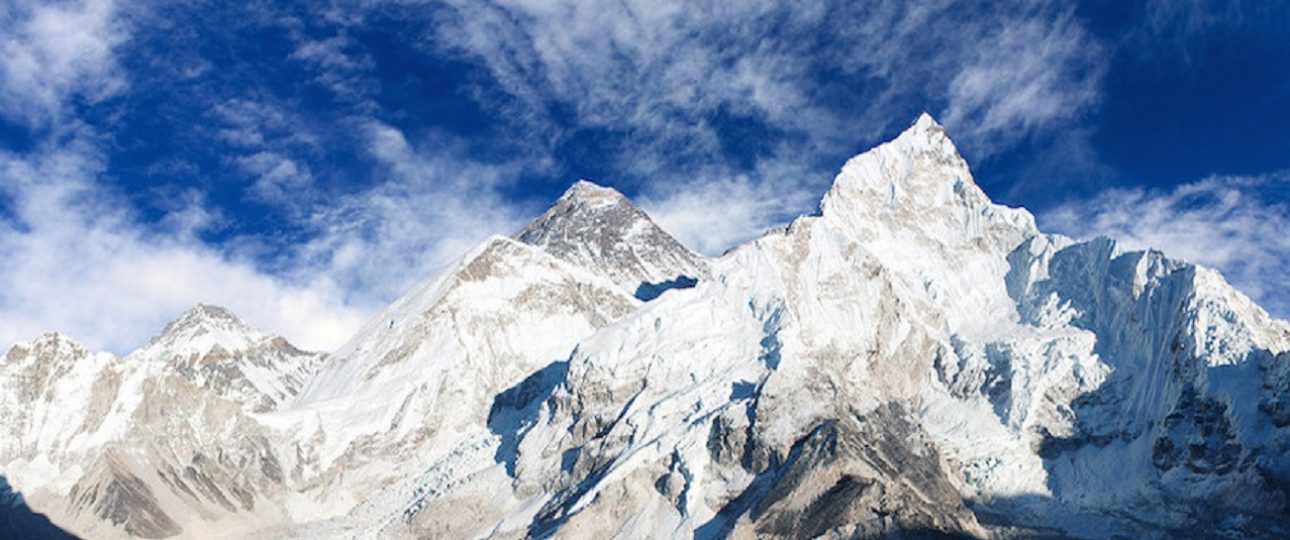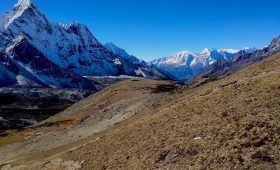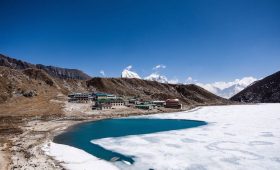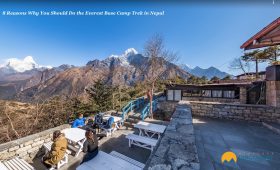Q. When is the best time to visit Everest Base Camp?
A. The best time to visit Everest Base Camp depends on the activities you plan to do while there. For hiking, you should go in spring from March to May or autumn from Mid-September to November, while a helicopter trek can be taken any time of the year.
Winter is also an option; as long as you’re prepared for cold temperatures, you’ll be rewarded with stunning mountain views.
Q. How do I go about getting there?
A: There are several major international airlines operate scheduled services to Nepal directly. While other airlines connect through some nearby countries such as India, Thailand, Turkey, Qatar, Dubai, Malaysia, China and others.
Yeti Airlines is the best option to Lukla, with daily flights from Kathmandu and there are few others Airlines also flies Kathmandu to Lukla. It’s easier to use a travel agent to book these.
Q. Altitude sickness – how dangerous is it really?
A. Going to altitude is a pleasurable experience providing you don’t ascend too quickly, and do pay attention to changes in your functioning; monitor how tired you are and your recovery time from an activity.
If you’re not feeling/doing so well, don’t raise your sleeping altitude until you are feeling better. If this doesn’t work, go down to the altitude at which you first noticed any symptoms of altitude illness.
Fit people find it easier to enjoy activities at altitude. They should not try to compete with high altitude natives people such as Sherpas, who are in their element.
Q. How cold does it actually get?
A. The altitude ranges from 2,600 meters to 5,545 meters, so temperatures vary significantly. Normally the mornings are warm, and walking in shorts and t-shirts is pleasant. But if the afternoon is cloudy, the temperature can drop to just above freezing sometimes. At night, up high, it will definitely drop below freezing – expect 8 – 10°C.
Q. Is consuming alcohol bad for acclimatization at altitude?
A. Possibly, the early symptoms of altitude illness resemble those of a hangover. Drinking alcohol, it may be difficult to tell whether you are suffering from altitude illness or from the effects of alcohol. Alcohol depresses respiration during sleep. Avoid alcohol until you are well acclimatized and not going higher.
Q. Height, temperature, politics – anything else?
A. The only other thing to watch out for is the yaks. Always pass them on the uphill side – they are no more aggressive than cows, but they still have big sharp horns, so stay away from the Yaks.
Q. What is a good pace at altitude?
A. A common beginner mistake is to walk too quickly and make frequent rest stops. Follow after of activity that does not require you to rest every fifteen minutes or half an hour. Learn the rest step for climbing/walking: Advance your foot, and after placing it on the hill, before bearing weight on it, rest briefly. Then shift your weight and repeat. Synchronize your breathing with your climbing.
Whether you’re low-down on steep ascents or higher. At extreme high altitudes, take two or three breaths with every step at a rhythm that you can continue without stopping to rest. Vary the pace depending on the trail and conditions of the climb. Speed up on easier sections, slow down on more difficult. Begin the day’s journey slowly.
The other less common mistake people make is to walk too slowly, which is fatiguing in itself. Walk at your pace and not that of the person in front of you. A certain level of discomfort in exercising at altitude (and at sea level) must be tolerated.
Q. Camping or teahouse – which is best?
A. They both have advantages. Camping is warmer when you’re in the bed, and having your own cook means you have more control over hygiene. But the guesthouses have electric lights and warms rooms for sitting around in. More importantly, lodges give more money to the local communities, so are probably the best option.
Q. OK, I’m interested – but do I need to be super fit?
A. You need to be reasonably fit – a hill-walker, or someone who takes regular or weekly exercise. Although many of the days are easy, the trek from Lobuche to Everest Base Camp is a long day walk, made difficult by the 5,000m-plus altitude.
A trip to Nepal is something you won’t forget. Check out Himalaya Discovery’s top holidays in the Himalayas.
Do you have any question about trip to Nepal?
Tell us about your trip to Nepal and what you expect from it. We will answer your questions in 24 hours and help you design a trip with a comfortable itinerary to best meet your needs.





